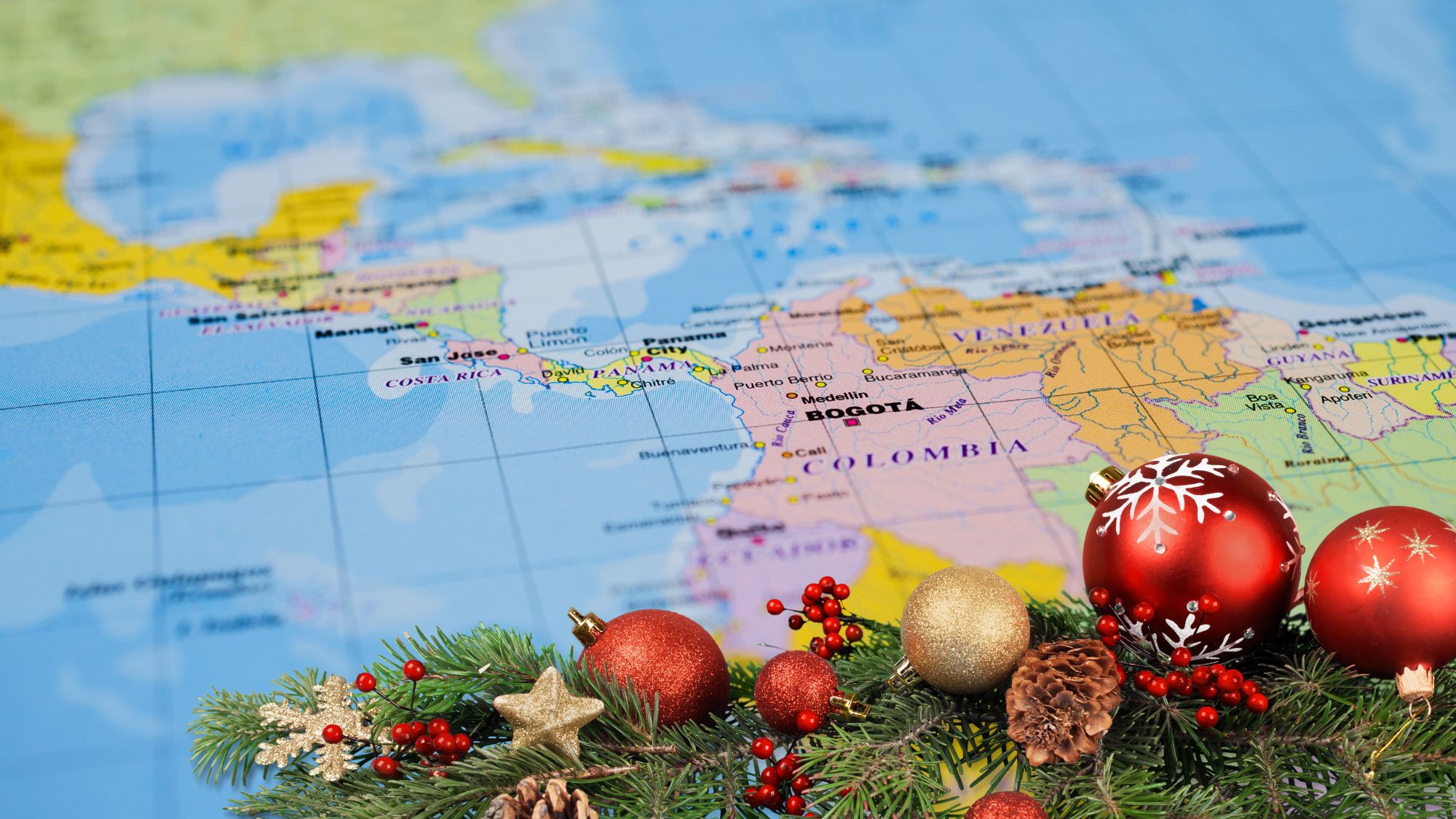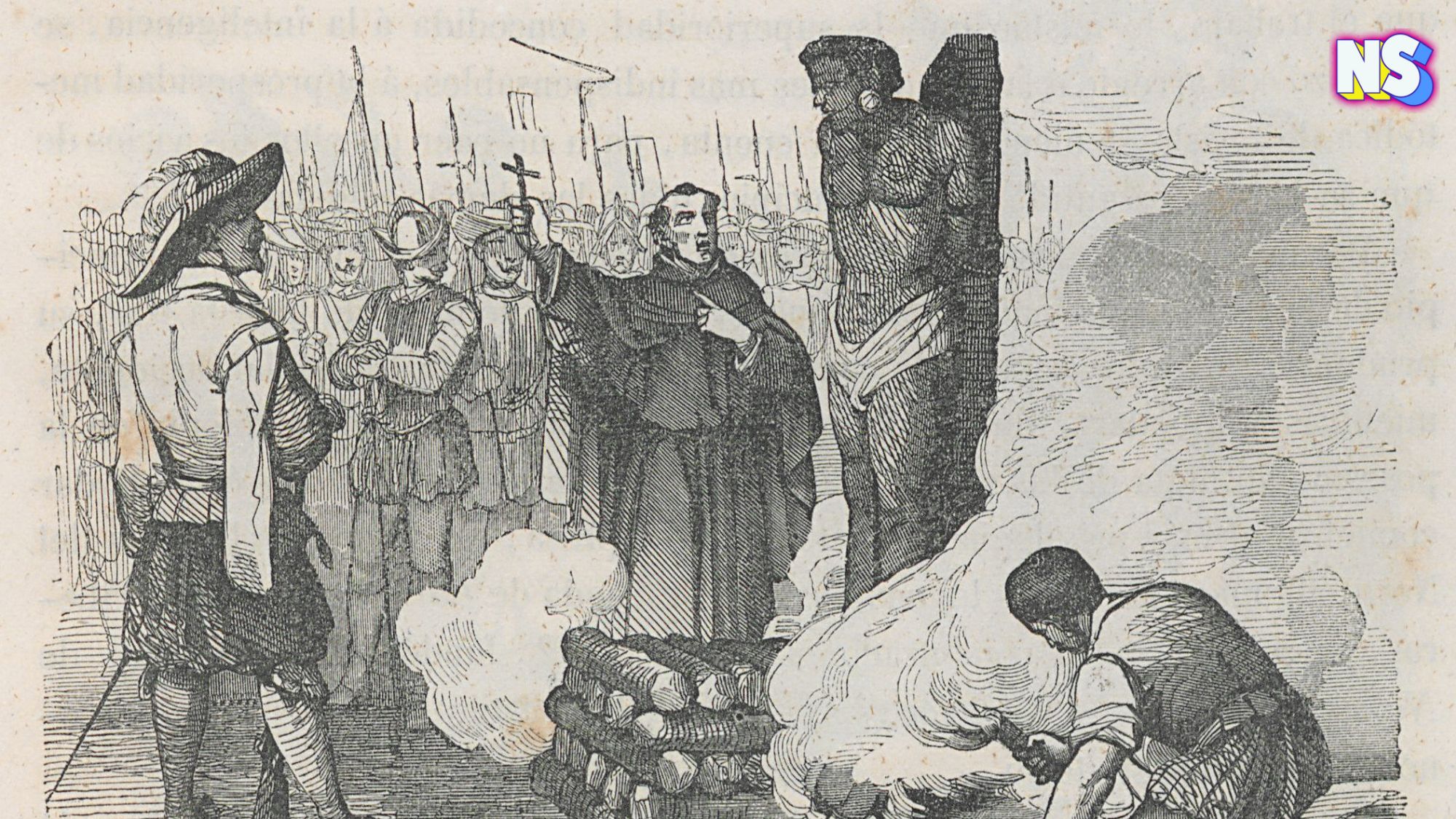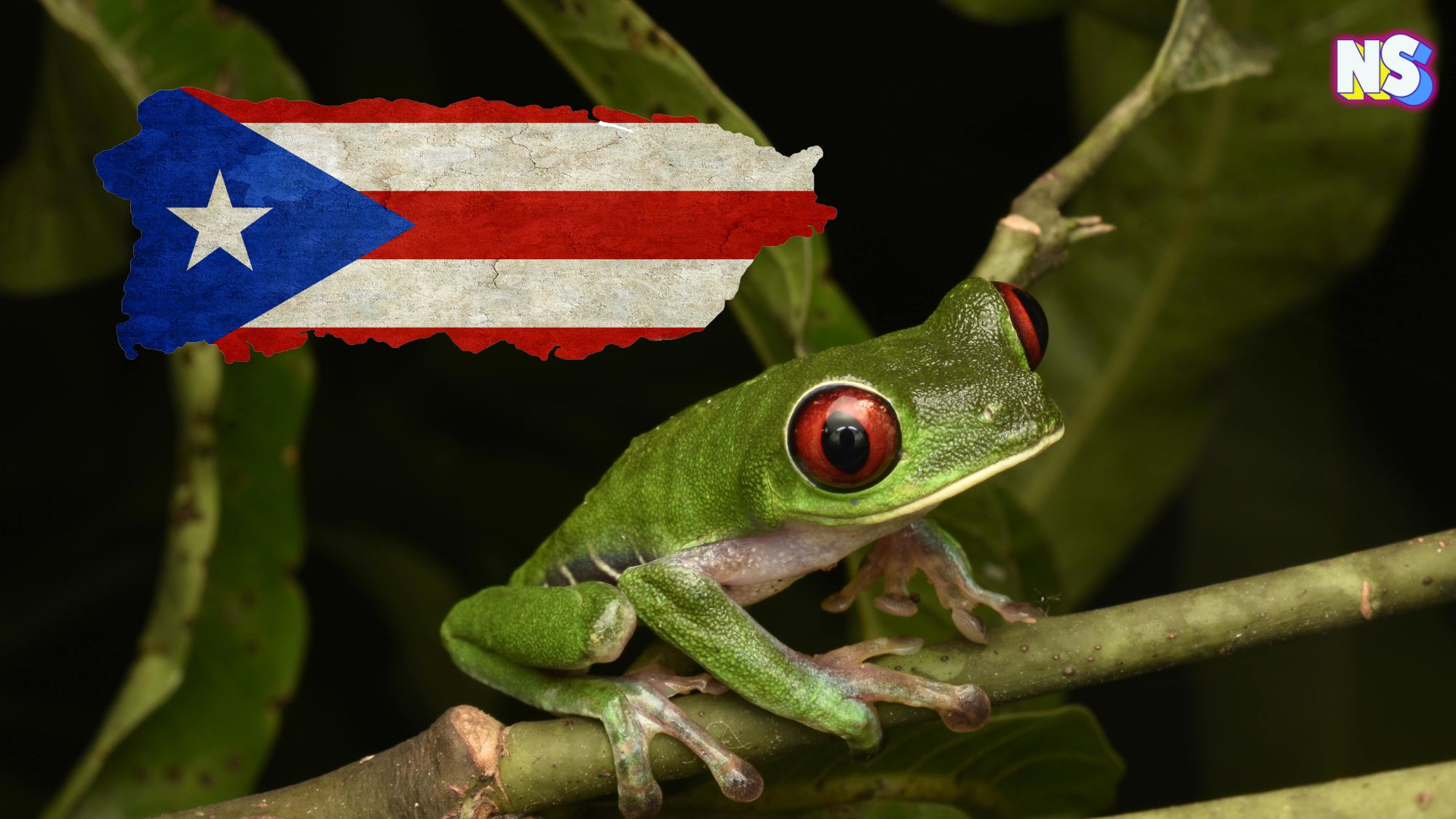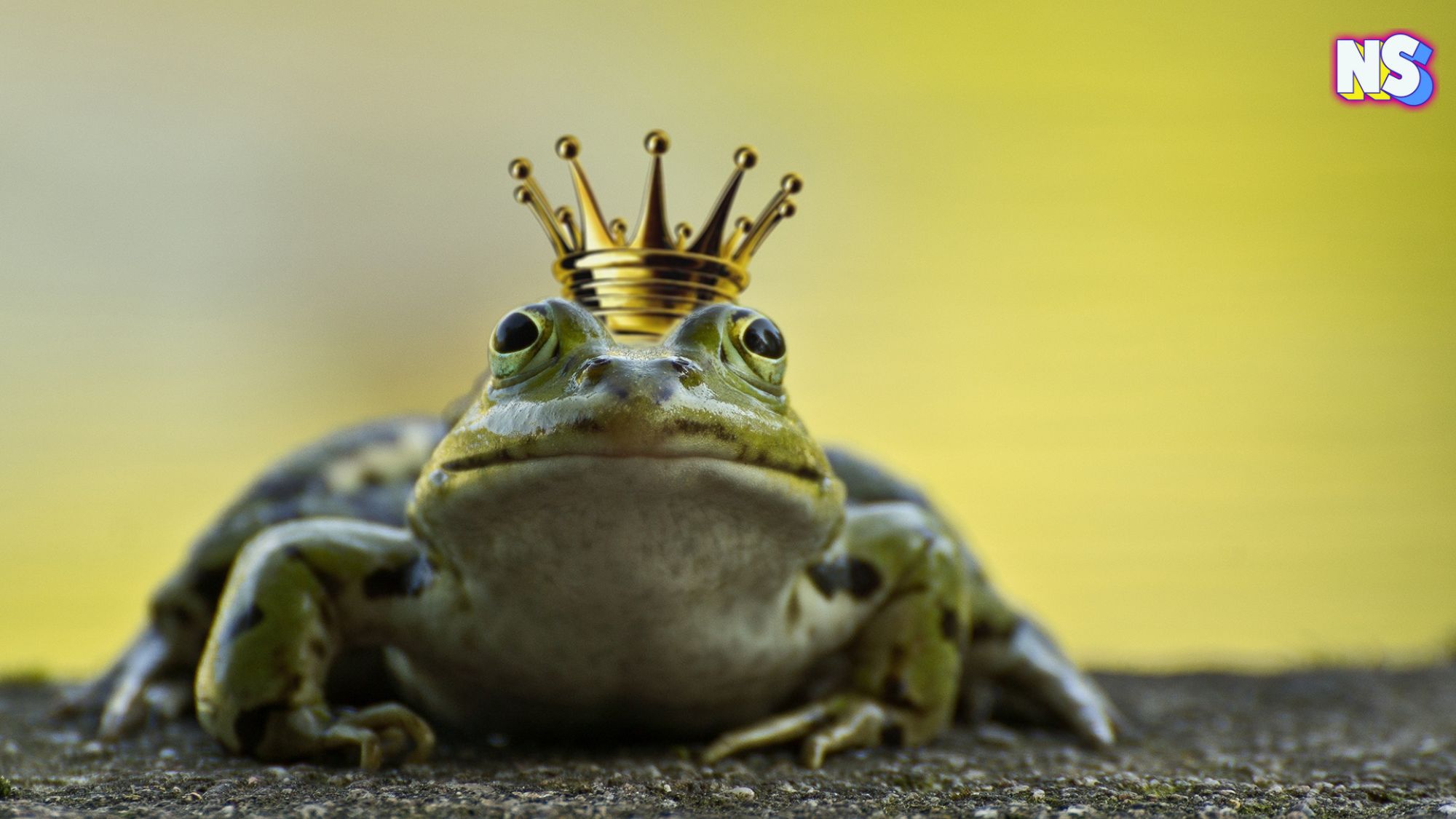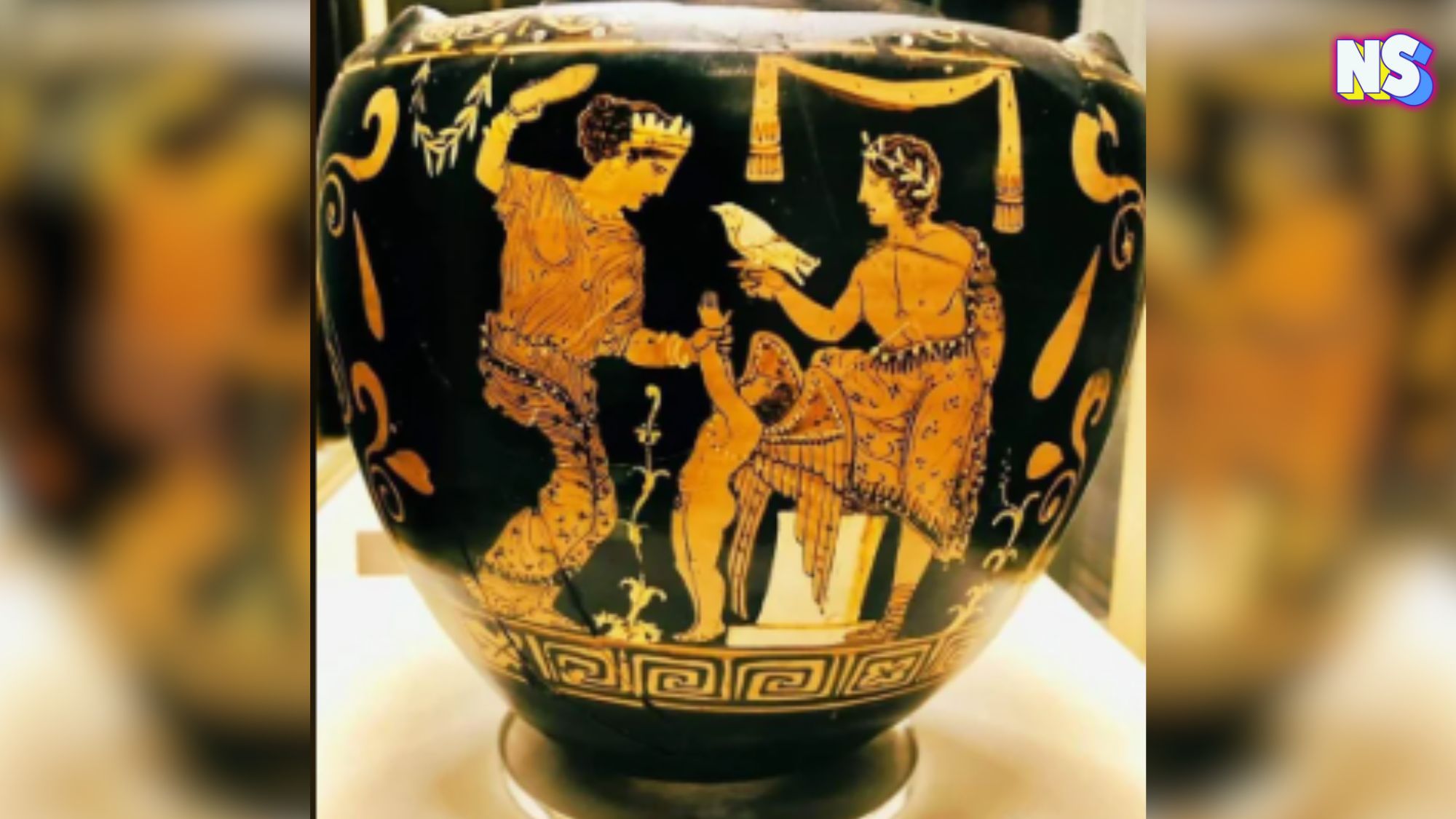It’s official: the holidays are here, and that means it’s time to break out the coquito. But aside from the obvious (and delicious) Latino fixings that come with around this time of the year, this season is also a chance for all of us to partake in unique Latino holiday traditions. And, while many of these are tied to religion and the anticipation of Jesus’ birth, others are simply Hispanic takes on more “typical” holiday activities.
@nuestrostories Bacalao Navideño stands as the quintessential Mexican Christmas delicacy in regions across the country. Also known as Bacalao de Navidad, Bacalao a la Vizcaína, or Christmas Cod in English, this traditional holiday dish has held a special place on the Nochebuena table for hundreds of years. But how did this salty fish from a foreign land even reach Mexico? #MexicanChristmas #BacalaoNavideño #ChristmasDelicacy #NochebuenaTradition #BacalaoDeNavidad
♬ Christmas – neozilla
5 Unique Latino Holiday Traditions
So whether you’re looking to expand your knowledge on some more niche Latino holiday traditions this year, or simply looking to impress your new significant other’s family with your “expertise,” here are five different Christmas traditions that are celebrated around the region.
Dia de las Velitas – Colombia
In Colombia, the Christmas season officially kicks off with el Dia de las Velitas, or the Day of Little Candles. Celebrated on December 7, this special day honors the Immaculate Conception of the Virgin Mary, with families and communities all around the country lighting candles in and around their homes. Everything from neighborhood streets to parks and balconies can be seen adorned with the amber light of the velitas, transforming towns into breathtaking displays of unity and devotion.
This holiday tradition finds its roots all the way back to December 7, 1854, when Pope Pius IX declared the celebration of Mary’s immaculate conception as a dogma of faith. Many people lit candles in honor of the new declaration, and since then, the Catholic Church of Colombia had officially announced that December 7 would become the official holiday celebrated by most of the country today.
Las Posadas – Mexico/Central America
Throughout Mexico and Central America, this nine-day tradition, dubbed Las Posadas, pays tribute to Mary and Joseph’s search for shelter in Bethlehem before the birth of baby Jesus. Beginning December 16 and leading up to Christmas Eve, there are processions held throughout local neighborhoods, with participants holding candles and singing traditional carols. The groups make stops throughout several homes and hotels asking for lodging, and they are turned away until they finally are granted a place to stay for the night – much like the story of Mary and Joseph.
This tradition started during the Spanish conquest of Mexico, when conquistadors attempted to share the history of the Bible and Christianity with the native population in the region. Arguably, the best part of each night is the food – with many dishes including tamales, a warm fruit punch known as ponche, and piñatas filled with candy for kids to share. These posadas, also celebrated in countries like El Salvador, Honduras, and Guatemala, are truly a communal celebration that blend together faith and festivity seamlessly.
Parrandas – Puerto Rico, Dominican Republic, Venezuela
If you’re a music lover, then this next tradition might speak (or sing) to you the most. Most celebrated in the Caribbean, parrandas, or aguinaldos, are simply big caroling celebrations that bring people together to sing in front of homes in their communities. The caroling sessions usually comprise of traditional Latino Christmas songs (think “Mi Burrito Sabanero” or “Feliz Navidad”), bringing together instruments like maracas, tambourines, and the cuatro, a mid-sized guitar usually found in countries like Puerto Rico, Cuba, and Venezuela.
RELATED POST: Pavochon: The Puerto Rican Thanksgiving Twist You Didn’t Know You Needed
The gatherings usually get larger and larger as the night progresses, with some people bringing in regional dishes and rum to get the party started. They can even turn into impromptu street parties, especially if they take place closer to Christmas Day. Parrandas are similar to Mexico’s posadas in that they also originated with citizens reenacting the plight of Mary and Joseph before Jesus’ birth – but they have deep ties to the working population starting the tradition. These are probably the earliest celebrations to kick off the holidays in Latin America also, with these elaborate gatherings usually starting just after Thanksgiving and working into the new year.
@momlifewithnye My local Walmart was too turnt today! So beautiful to witness! ???????? Happy December 1st! #puertoricanparranda #parranda #christmascaroling #walmartchristmas #christmasspirit #christmas2024 #vlogmas2024 #walmartfinds2024 #fyp #parati #fypシ @Walmart
♬ original sound – Nye | Mom Life & More
Nochebuena – Various Countries
This is the one Latin tradition we all know and love. If any of your gringo friends have given you the side-eye when you tell them you actually open gifts on Christmas Eve, not Christmas Morning, don’t fret – they’re just jealous you get to rip into your new iPhone earlier than they do.
Virtually every Latin country celebrates Nochebuena (“the Good Night”) on December 24, which typically culminates in a big feast with family and loved ones. The big meal usually comes after la Misa de Gallo, or the big midnight mass that many Catholics attend to ring in the birth of Jesus Christ. The dishes will usually depend on the culture celebrating, with Cubans and Puerto Ricans opting for a good lechón (pork roast), Mexicans and Central Americans making bacalao a la Vizcaina (cod), or Colombians adding in some buñelos (fried cheese/bread balls) to the array of platters. Plus, many have adopted the Puerto Rican coquito as the beverage of choice for the evening, which can best be described as a coconut eggnog mixed with some dark rum.
La Quema del Año Viejo – Ecuador, Colombia
Speaking of the new year, Ecuador and even parts of Colombia celebrate what’s known as La Quema del Año Viejo, or the Burning of the Old Year. The tradition is pretty self-explanatory – on New Year’s Eve, communities get together and create sculptures or models representing the past year, and ultimately set them on fire at midnight. While this isn’t exactly a Christmas tradition, it’s very much tied to the Christmas holiday, with many prepping their effigies as soon as the gift-giving comes to an end.
The sculptures made by the people are usually supposed to be funny in nature, and they’re typically filled with rags and newspapers. It’s not uncommon to usually see TV hosts, celebrities, ex-presidents, and other public figures made up into these life-sized dolls. Burning the pieces is an act of catharsis that allows the community to get rid of last year’s negativity while making space for new energy and possibility in the coming year. The burning ceremony is usually followed by festivities like fireworks and music, as with any good old New Year celebration. Like many of these traditions, this “año viejo” ritual is a symbol of mestizaje, or the mixing of Spanish and Indigenous cultures. The idea of time with a specific beginning and end is a product of European culture, while native populations – who typically viewed time as continuous – would typically have burning rituals in order to expel things like ailments or what was perceived as negative energy.
@juanmundoblogger Algunas tradiciones para el año nuevo que se celebran en Colombia: – Quema del año viejo. ???? – Comer 12 uvas y pedir un deseo por cada una. ???? – Saumerio en la casa con diferentes hierbas o esencias. ???????? – Usar boxer o interior amarillo. ???? – Meter en el bolsillo granos (arroz, lentejas o frijoles) ???? ¿Y tu como recibes el año nuevo????????????????? #añonuevo #Colombia #viajes #newyear #viaje #fyp
♬ original sound – juanmundoblogger
Whether it’s lighting candles in Colombia, singing carols in the Caribbean, or burning down the old year in Ecuador, all of these celebrations reflect a deeper sense of faith, joy, and cultural pride. Everyone celebrates their own way, but there’s an understanding of community and greater peace that should be honored every holiday season. As Christmas inches closer to us, we at Nuestro Stories wish you and yours a very merry Feliz Navidad!

